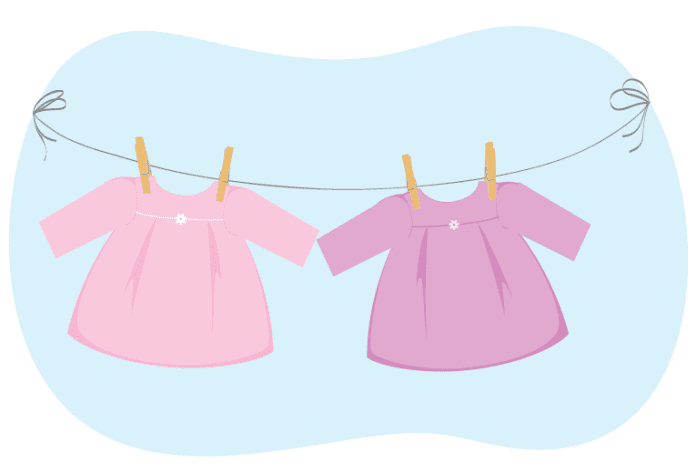In a healthy environment, social success is available to everyone. We can teach our children that they CAN choose to engage in behaviors that cause people to want to be with them, and to avoid behaviors that cause others to lose interest quickly. No matter how socially unsuccessful somebody has been until now, they can always start fresh and invite new opportunities.
If your child is expresses that he or she is unhappy with a social situation, first listen and try to understand. At a different time you can tell your child that you once learned something very valuable about social success. Even if child never complains, you can proactively teach the following lesson, just because you’d like your child to succeed.
The Mommy Mini-Lesson
“Do you know what it takes to be socially successful? I learned the exact behaviors that make people either socially attractive, and those that make people socially unattractive, too.
“Imagine walking into a store and seeing two identical dresses or suits hanging on a rack. Both dresses (or suits) are the same color, same size, same material, and same brand. The only difference is that one of them looks fresh and is new and clean, and the other one is crumpled and wrinkled and even has some lint in it. Obviously, everybody will be trying to purchase the fresh, new, clean hanging dress or suit.”
Question for Discussion:
If you take both dresses and put them in the washing machine and iron them, a day later they will look exactly the same. So why does everybody gravitate towards the fresh new hanging dress if really they will both be beautiful?
Let the discussion take the following direction:
The reason why everyone leans towards the fresh new hanging dress is because we naturally like when things look fresh and clean.
When it comes to friends there are certain things that we can do to make ourselves like that pretty dress. Really, we are all beautiful inside, and we want to make sure that we are not looking like the crumpled dress where people just look the other way and don’t see who we really are.
Place in a Sidebar:
“Socially Attractive” Versus “Socially Unattractive”
Make two columns on a paper titled “Socially Attractive” and “Socially Unattractive.”
Give examples of “Socially Unattractive Behaviors” and have your child add to the list. You can also stick in one obvious example of something that never happens, (such as not wiping one’s drippy nose) so children feel this is a general lesson, rather than that you are preaching to them about their shortcomings.
For each socially unattractive answer you put on the chart, ask them to come up with wording for the opposite, which would be the “Socially Attractive” behavior.
Below are five examples of Socially Unattractive vs. Socially Attractive Behaviors. When teaching this to your children, you can choose some from the list, or create your own list, or do both:
- Standing on the side vs. Initiating conversation
- Talking a lot about oneself vs. Showing interest in others
- Complaining vs. Being positive
- Putting people down vs. Giving compliments
- Saying, “I’m first” vs. “You want to make a raffle to see who goes first?”
If you decide to come up with your own examples based on an unhealthy pattern your child is stuck in, create simple language that tells them exactly what their mouths, bodies, and faces shouldn’t and should be doing.



